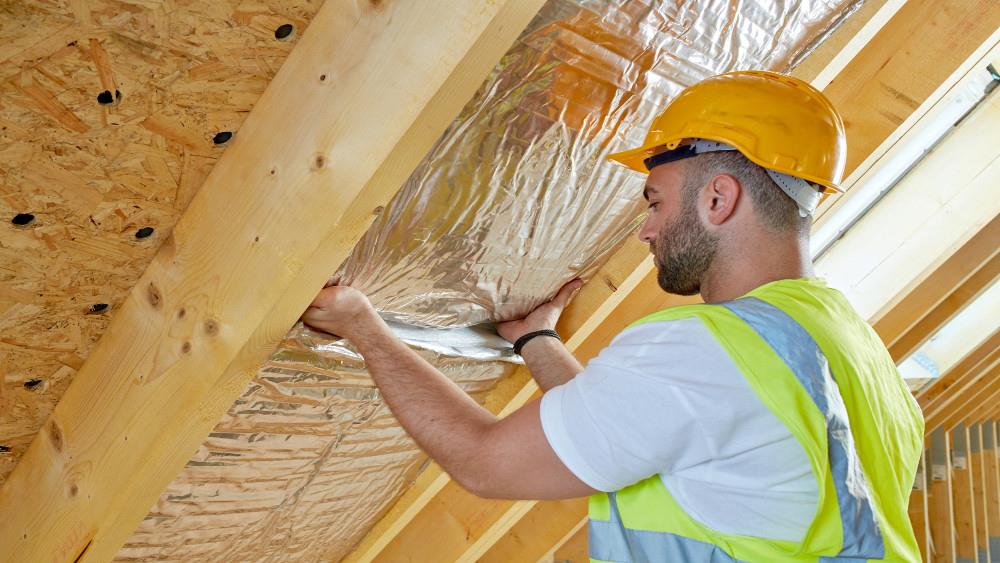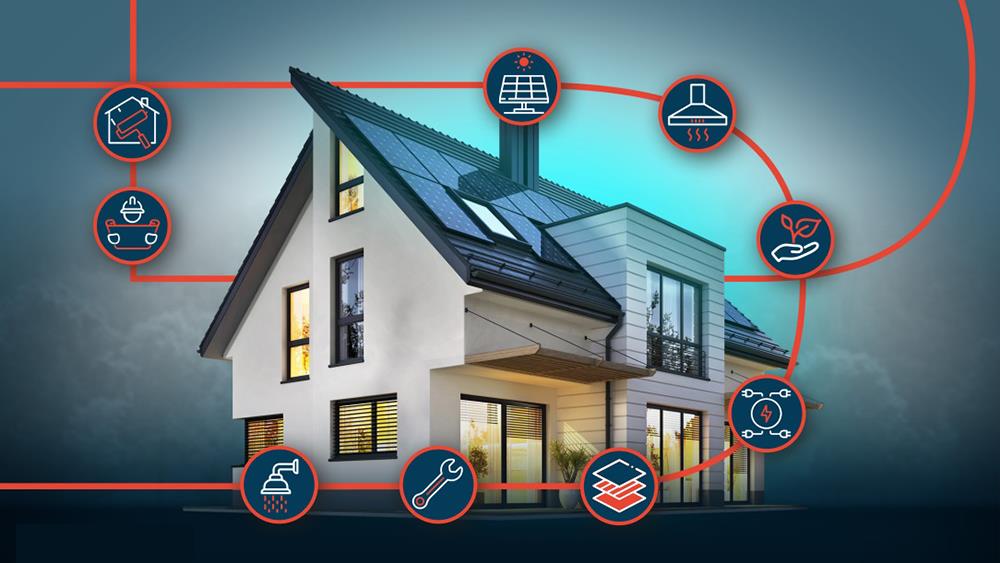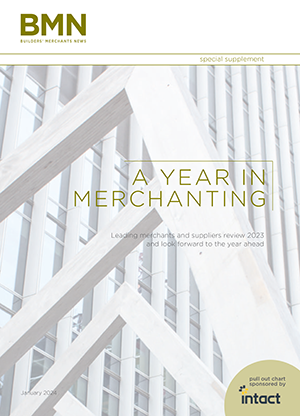In the US, using wooden frame construction has long been a popular method for building houses and other types of properties. Here in the UK, wooden frames went out of fashion despite traditionally being a popular way to construct buildings. Timber however is enjoying a comeback due to its credentials as an eco-friendly and versatile building material.
Why timber is great for construction
One of the main reasons why timber is viewed as an eco-friendly construction method is down to the very nature of what forests do. A forest is often likened to a carbon sink as it collects and stores carbon dioxide from the atmosphere at a greater rate than the trees emit. This means that a house made from wood is storing carbon, so a wood frame house of 216 sq m could hold around 28 tonnes of carbon. The use of timber in this way also gives forests the chance to regenerate.
The low cost of timber, however, often means people are wasteful with its products. The growth of sustainable development has started to change this approach and the idea of ‘advanced framing’ is coming to the fore. This is an idea that means unnecessary framing elements are eliminated and no structural elements are bigger than they need to be. It also places a large emphasis on the proper alignment of features such as windows and doors.
Recycling of wood is also becoming more common as the process of deconstruction takes hold. This is where the old wooden frames are carefully disassembled and recycled and waste wood is treated the same – around two thirds of wood used in these projects is reusable and the rest is called ‘demolition wood’.
Quick, easy and long lasting
There are other reasons why wood frames are popular in addition to their eco-friendly credentials. The ability to buy pre-packaged timber framed homes that can be made and moved to a site or constructed on-site has corresponded with the rise of people interested in self-build options. In the UK, to deal with the weather conditions, brick or stone cladding are sometimes added to the wooden frame, although this isn’t a requirement.
Instead, a simple breather membrane can be added to externals, adding protection to the wood during construction. A vapour control layer is added in between the insulation and the plasterboard to help make it as energy efficient as possible.
Using insulation
The use of insulation is a key factor that makes wooden frame properties energy efficient. There are various types of insulation available including those that mix together natural fibres such as hemp and recycled cotton and have a low U-value. Other options include recycled wool and even recycled newspapers made into an insulation alternative.
Agricultural products are also used to make insulation but they do need to be treated to ensure they are fire-retardant before being used in a home. There’s even an option that is blown onto walls and is made from magnesium that is drawn from seawater for the ultimate eco-friendly option.
Stuart Cooke is a digital marketer at Haldane Fisher.









